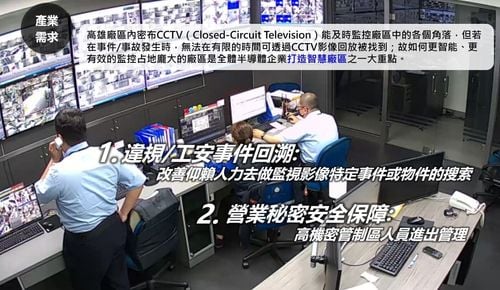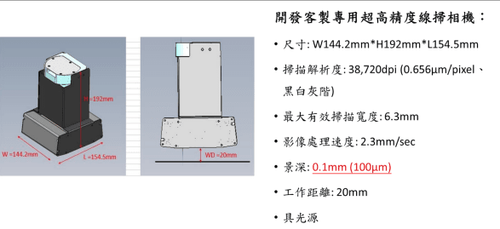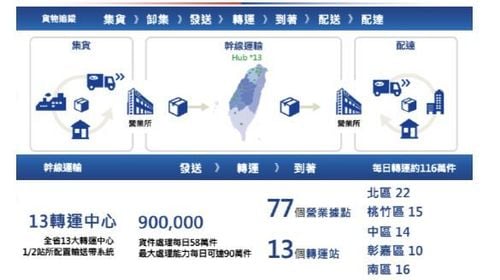【2020 Application Example】 Kebi Student Robot now features an AI brain, solving relevancy issues in responses!
The unstoppable trend of smart homes
In recent years, the rise of 'smart home devices' has not only led to the release of various products by major tech companies but also propelled the popularity of voice assistants, chatbots, and companion robots. The 'voice shopping' market is set to become the next trend in retail. According to a survey by Juniper Research, by 2023, the market size for transactions based on chatbots is expected to surge from $7.3 billion in 2018 to $112 billion!
A well-known domestic manufacturer of household robots offers its self-developed educational and companion service robots, with the 'Kebi Student Robot' as its flagship product. However, due to its insufficient voice interaction capabilities with users, consumers often find the robot not smart enough and quickly lose interest, leading to abandonment. This has a long-term negative impact on the purchasing decisions of other consumers.
Hello Kebi Student, can you understand what I'm saying?
Surveys have found that many users of 'Kebi Student Robot' especially enjoy talking or chatting with the robot, covering a wide range of topics. However, using just Google or Microsoft's cloud platforms for developing voice chat conversations is not cheap. With Google charging based on service volume, system operational costs are high, and these vary dynamically causing major difficulties in system cost management.
On the other hand, the robot manufacturing service provider has already invested significant resources in the development of hardware, software, and digital content for Kebi Student Robot. Developing natural language dialogue and semantic understanding technologies in-house would require a significant amount of manpower and is slow. With limited resources, there's an urgent need to seek third-party solutions to enhance the robot's conversational service capabilities and development efficiency.

▲Integration of the Web-AI developed ibo.ai voice assistant brain platform with Kebi Student
The key to the transformation from 'playing the lute to a cow' to 'I know you are upset'
Web Intelligence Co., Ltd. is a well-known AI natural language understanding technology service company in Taiwan. Its products include a natural input method, TTS voice engine, and the ibo.ai voice assistant brain platform. This platform has been applied in smart speakers, high-speed train voice assistant apps, and even employee benefit systems for companies like China Airlines. It quickly addresses the deficiencies in the robot manufacturer's AI service dialogue skills development, enriches the dialogue content and skills, provides contextually related conversational services, and makes Kebi Student appear smarter to users within a short period.
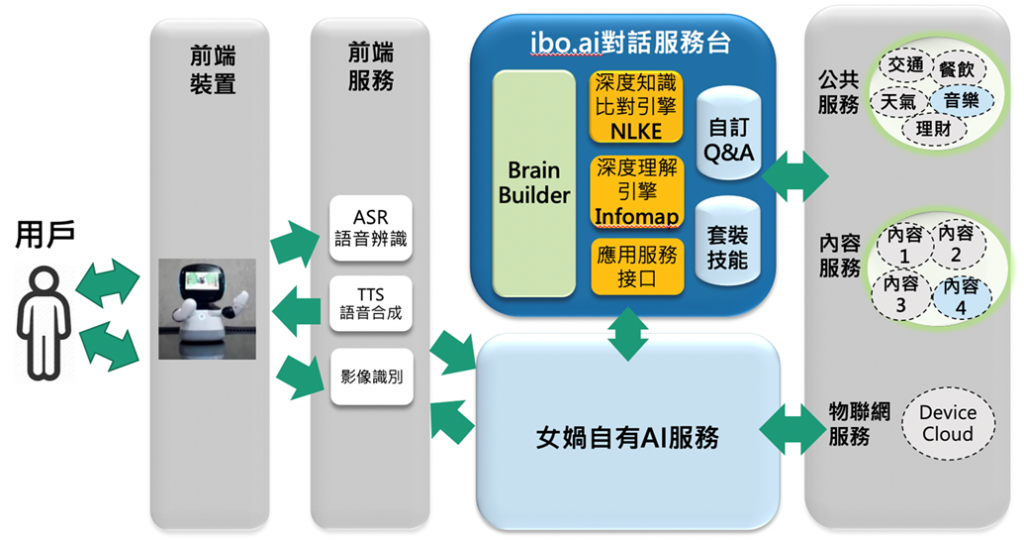
▲Service Architecture
This case further applies the latest Principle-based semantic understanding engine technology from the Academia Sinica's Institute of Information Science, achieving deep natural language processing and understanding, and carrying out intent and entity analysis to generate interactive dialogue logic for continuous conversation. Therefore, it also strengthens the basic social communication abilities of Kebi Student Robots, enhances the number of AI dialogue skills, and advances from simple question-and-answer to having capabilities for 'multi-turn dialogue' and 'contextual conversational' responses, making the robot's responses more human-like. Additionally, the development time for Kebi Student Robots has been significantly reduced, effectively and significantly lowering and controlling cloud service maintenance and management costs.
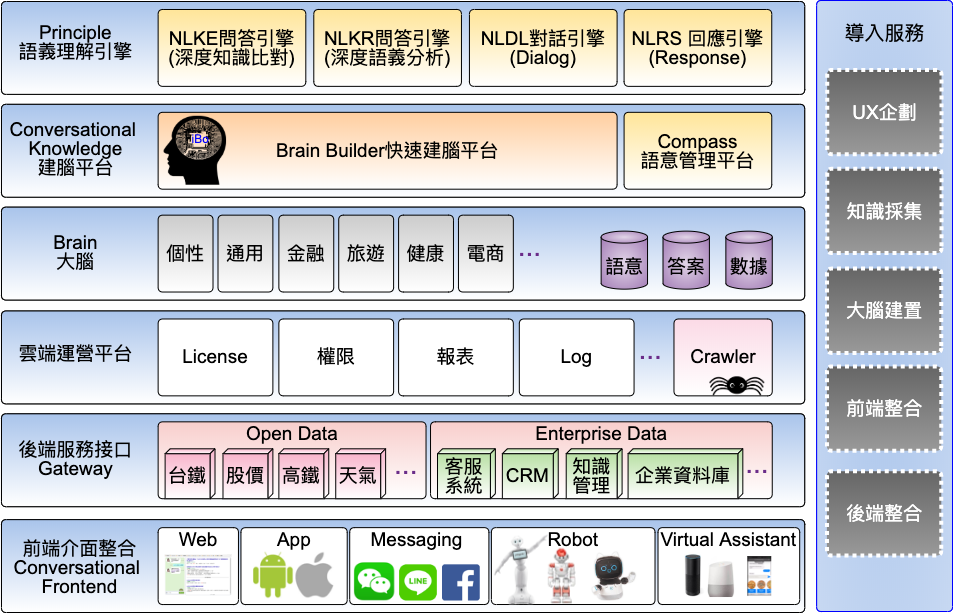
▲服務架構1
AI Kebi, becoming your ubiquitous companion
Currently, many robots and smart speakers and other voice assistants on the market can only provide single-turn conversational services that end after one question and one reply. A major difference with the ibo.ai voice assistant brain platform used in this case is its capability for 'multi-turn conversational interaction with contextual understanding,' which is also the only platform in Taiwan supported on local or cloud services.
The ibo.ai voice assistant brain platform can support various enterprises services, allowing businesses to design their own voice assistants or AI Chatbots for customer service swiftly, which can be applied across LINE, Facebook Messenger, websites, apps, and IoT devices, among others.
This case adopts the 'ibo.ai inside' strategy, highlighting its role as an Enabler to upgrade corporate services to AI, hoping to also assist existing Chatbot manufacturers, app developers, commercial software vendors, information hardware dealers, system integrators, and IoT device merchants in upgrading their existing products and services to have AI natural language conversational capabilities, collaborating to provide a new generation of AI smart robot services for numerous businesses.
「Translated content is generated by ChatGPT and is for reference only. Translation date:2024-05-19」
